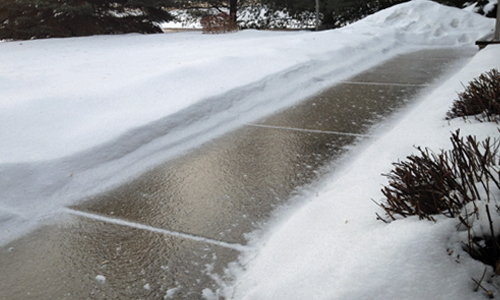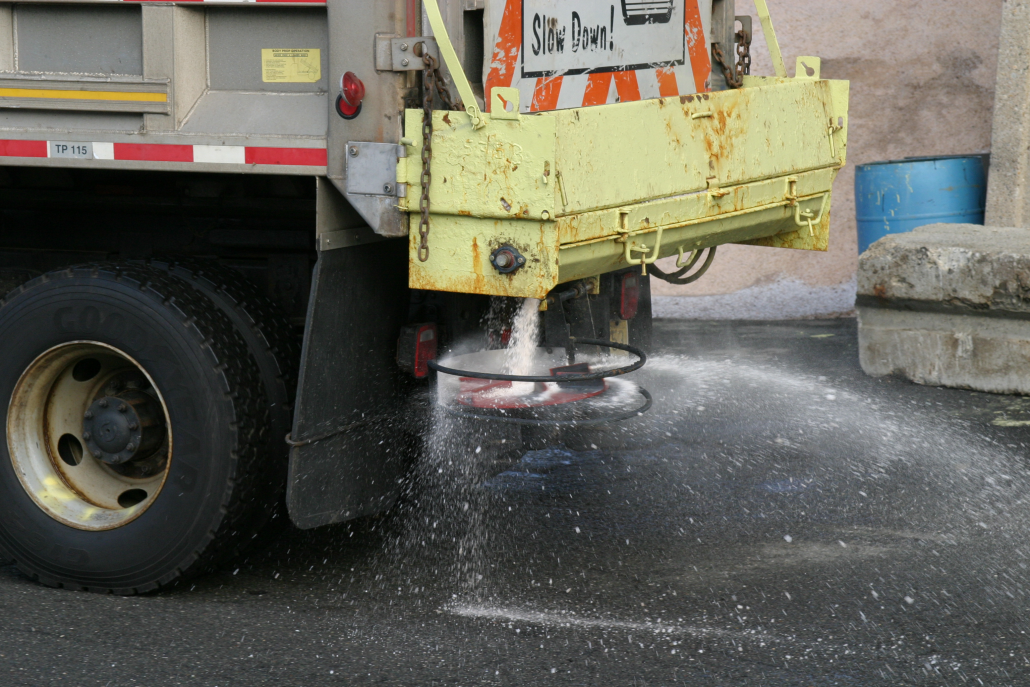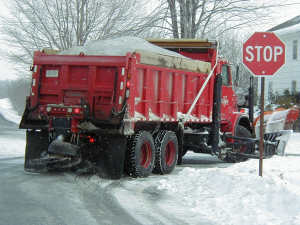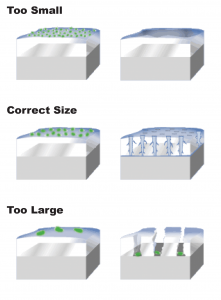HOMEOWNERS ARE LIABLE FOR ICE AND SNOW REMOVAL
During the winter months, it’s a familiar site to see shopping centers and business owners clearing the ice and snow from pathways, parking lots and entrances. It’s a liability issue should someone slip and fall and injure themselves entering their business. Homeowners also face similar liabilities if they fail to take adequate steps to remove such slippery hazards from their property.
Homeowners are responsible for limiting dangers on their property, and in some cases, this can also extend to public sidewalks abutting your home. In some localities, governments have given fines for homeowners who fail to clear the ice and snow. County and municipal agencies have written policies directing property owners to remove accumulated ice and snow “within 24 hours of the end of the snowstorm.” Penalties for property owners not complying can range from nominal tickets, to misdemeanours punishable by up to 90 days in jail, to fines of up to $500.
Shovelling snow is simple enough, but ice removal can be a tricky matter. Nothing works better to remove or prevent ice from forming than an Ice Melter containing Sodium Chloride, Salt. Ice Melters lower the water’s freezing point, the temperature at which it changes from a liquid to a solid and vice versa. Melting the ice and snow directly at the pavement is the most effective way to clear off the surface. This process, preventing water from freezing in the first place, is called anti-icing. It is best achieved by putting the Ice Melter down on the sidewalk when a freeze or a snowfall is expected. In contrast, melting water already frozen is called deicing and in this case an Ice Melter is applied once ice appears. It still works, but is less efficient than anti-icing.
Laws regarding ice and snow clearing vary by region and from locality to locality, but most mandate some action must be taken within a reasonable time period, often 24 hours after it stops snowing.
Contact Kissner Milling Company Ltd. today for all of your Ice Melter needs.
148 Manitou Drive, Suite 301, Kitchener, ON N2C 1L3
Phone: 1-800-434-8248 | Fax: 1-877-434-8250
Email: info@kissner.com
Website: www.kissner.com










